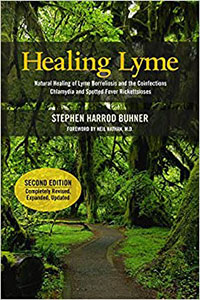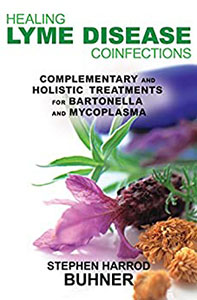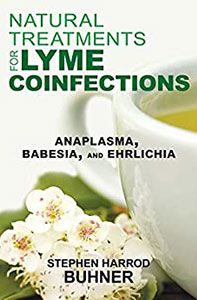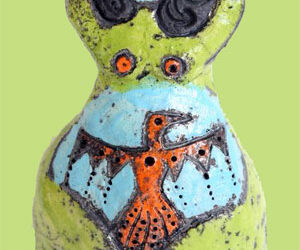I’d like to find the North American equivalents to your core protocol herbs for lyme. I just found the sedge species listed by you, a neat addition for Northern midwest and Northeast states. Are there any alternatives to smilax and polygonum on the West coast? Is bistort okay to substitute for knotweed? I haven’t been able to find the andrographis genus in any plant books for North America—are there any alternatives other than Southeast Asian jungles?
Big questions I know, I just figure we as humans are going to need to deal with lyme and such buggers with local stuff some day, and andrographis is a Southeast Asian jungle vine. Since there is tons of lyme in California, there must be effective plant healers there. The ceonothus red root is the only one I know for sure out West, astragalus maybe. In the Southeast knotweed, smilax are everywhere, teasel is in the Midwest.
I have been eating plants for a long time, never needed them much to heal as straight medicinal friends until recently, and the price of herbs I can handle for now, but in the future I would like to be able find them close by. Thanks.
Eleutherococcus has escaped and is becoming naturalized on the West coast, just not sure how far it has spread. I am not much up on invasives on the West coast but most of them are very strongly medicinal. You might try googling the California Invasive Plant Council for a list of West coast invasives and then doing Google searches on each of them. It takes time to do this kind of thing but the rewards are fruitful.












0 Comments